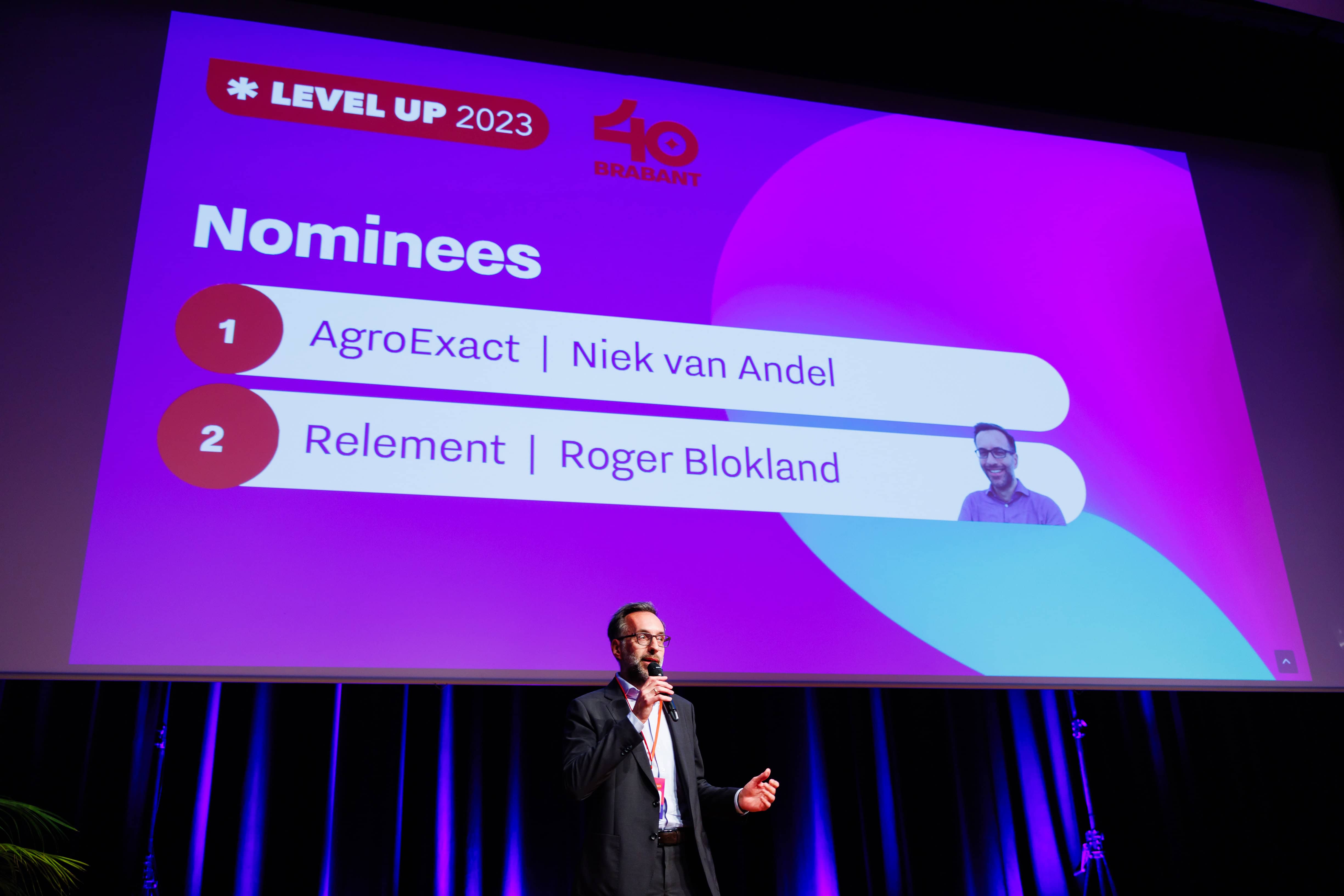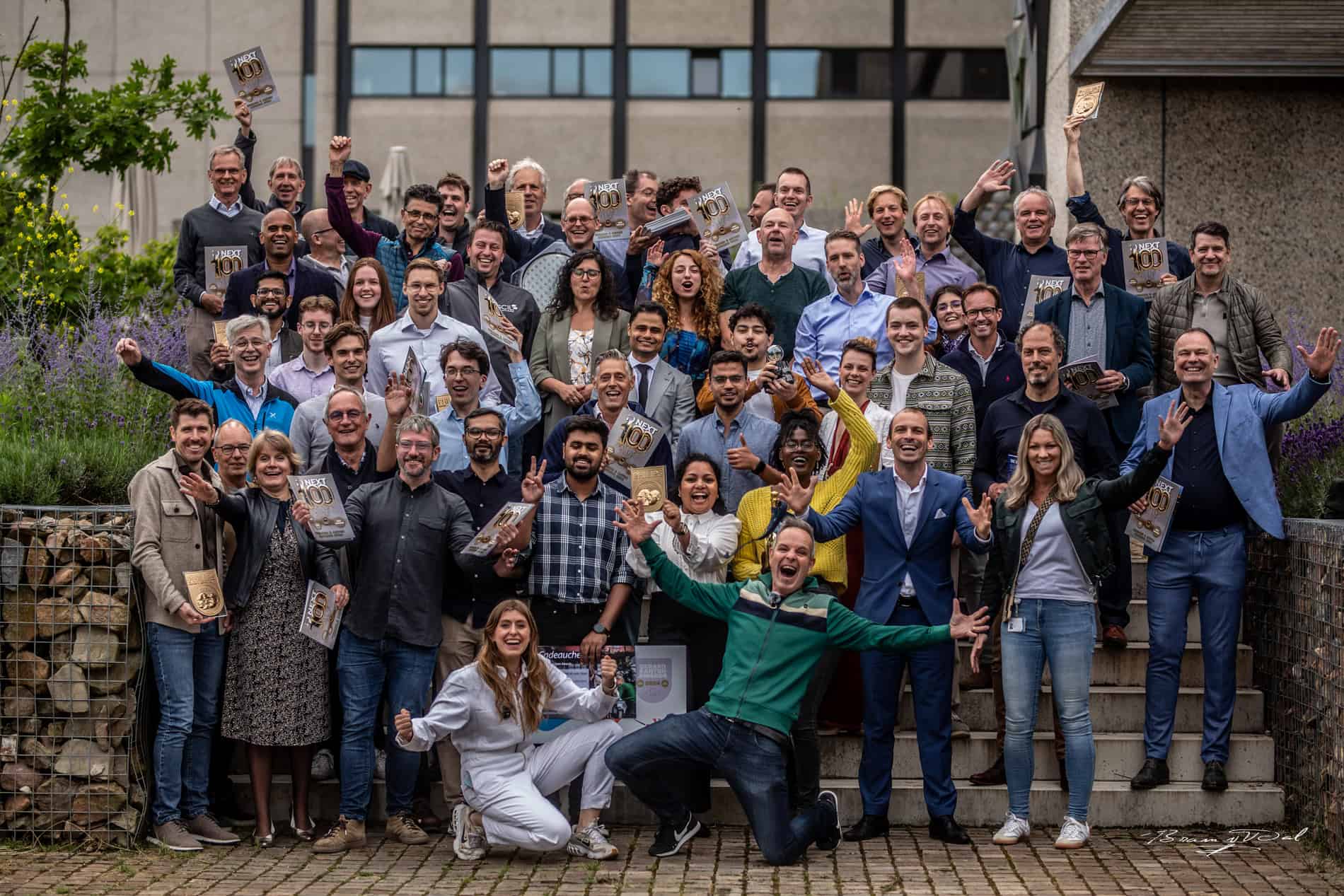
Increasingly more people are switching to electric mobility or are thinking about doing just that within the next few years. More and more public transport buses also run on electricity. Last week, the DAF e-truck was added to this list. An electric truck that is ready to be sold on a limited scale after 150,000 test kilometers. Our best read article mentioned that the electric trucks will not only be used as trucks, but four of them have already been sold as garbage trucks.
“These are going to be driven in a variety of places in The Netherlands, they have been bought by several different parties”, says Rutger Kerstiens, spokesperson for DAF. ” Garbage trucks cover a lot of kilometers in inner-city areas, so electric garbage collection is a great option. It means that you won’t have any on-site emissions”. Kerstiens thinks it will be some time before e-trucks will be picking up trash across the whole of The Netherlands. “These are major investments. It’s often a case of not only purchasing the vehicle, but having to invest in proper charging infrastructure too. That quickly adds up to about €150,000 to €200,000”.
In his view, you need to look at transport in a new light. “If you take a look at the e-truck, there was a customer who drove past four different depots in a distribution center. That’s not efficient and uses a lot of battery power. If you plan smarter and rearrange it in another way, you can make progress. That’s a long process of trying out what does and doesn’t work. During the first few weeks you won’t get any further than a few laps here and there, but gradually you’ll build that up to more kilometers.”
Substantial investment
For instance, the e-truck owned by Simon Loos now runs a circuit as far as Alkmaar, whereas at the outset of its route the truck originally only delivered around the distribution center in Zaandam. “Every customer uses a truck like this in a different way. We believe that frequent use contributes in all kinds of ways to improving our product. That’s why we’ve come up with these 150,000 kilometers test”.
But it doesn’t stop there, vouches Kerstiens: “We will keep monitoring the trucks when they have been sold. We do the same with our diesel trucks. We are never done with learning. You could see it as test kilometers, but it’s a whole trajectory. We continue to further develop every truck we make.”
Kerstiens doesn’t have an answer as to where this will all end: “We’ve recently learned to look at transportation in a new way. Electric trucks can be a solution for inner-city transport. But if you look at long distances, a diesel is still extremely efficient and the least expensive. An electric truck is 3 to 4 times more expensive than a diesel truck and the charging infrastructure is a major investment as well. Moreover, you can see that the newer diesel engines are also much cleaner in terms of emissions.”
Almost snowy white
“In our engine lab we have pieces of cloth that have been tested with diesel engine models ranging from the Euro 0 to the Euro 6, the most recent diesel engine. With the Euro 0 you can see that the cloth is dark grey from the emissions. But if you go through this cycle again with a Euro 6, the cloth is still almost snowy white. That’s a huge difference.”
Kerstiens therefore regrets that diesel has received such bad press in recent years: “The Euro 6 has an amazing return on investment. They are robust engines that have a maintenance range of 200,000 kilometers. They are very cost efficient and we really shouldn’t have to write off diesel. Especially when you consider the developments that are underway. Such as e-fuels, which extract co2 from the air. Or synthetic diesels. Give that a few more years and then you will be able to use those fuels in today’s diesel engines”.
“The important thing is that we no longer focus on tank-to-wheel but on well-to-wheel. So that you not only gain maximum performance from every drop of fuel, but that you consider where the fuel comes from as well. For example, we are working with Toyota to test hydrogen. We are also already using geo-fencing, a hybrid solution for trucks. They run on diesel on the motorway, but as soon as they reach the city, they switch to electric. But as far as hydrogen and electric are concerned: if the power comes from a coal-fired power station further up the road, you’re just shifting the problem.”








